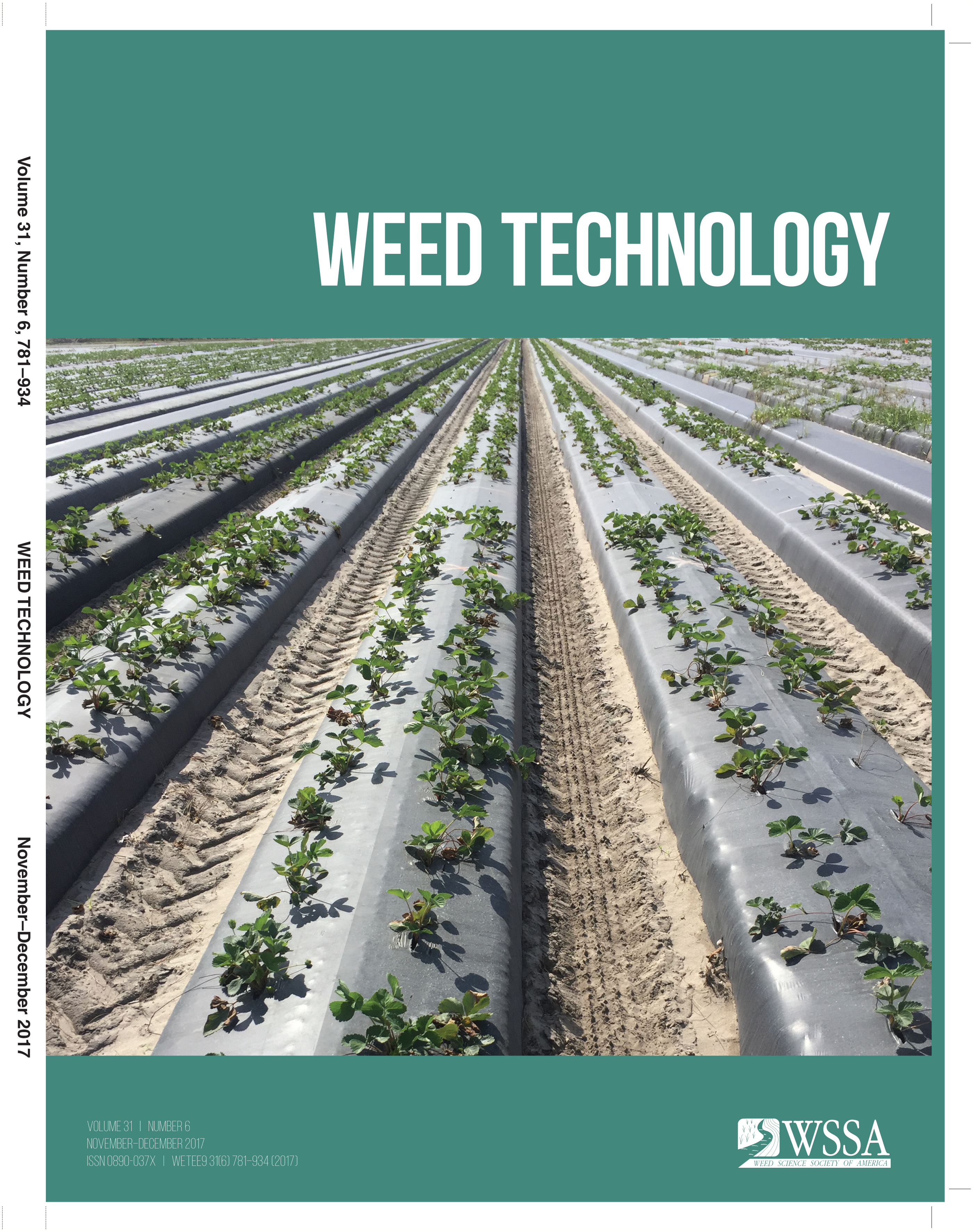Ver ítem
- xmlui.general.dspace_homeCentros Regionales y EEAsCentro Regional La Pampa - San LuisEEA AnguilArtículos científicosxmlui.ArtifactBrowser.ItemViewer.trail
- Inicio
- Centros Regionales y EEAs
- Centro Regional La Pampa - San Luis
- EEA Anguil
- Artículos científicos
- Ver ítem
Impact of Imazamox and Imazapyr Carryover on Wheat, Barley, and Oat
Resumen
Imazapyr and imazamox are frequently applied postemergence to control grass and broadleaf weeds in imidazolinone-resistant sunflower in Argentina. Herbicide carryover to rotational crops represents a disadvantage of these herbicides, particularly in regions with low rainfall during the months prior to rotational crop sowing. Between 2009 and 2012, field and greenhouse studies were conducted on four important sunflower-cropped areas of Argentina. The
[ver mas...]
Imazapyr and imazamox are frequently applied postemergence to control grass and broadleaf weeds in imidazolinone-resistant sunflower in Argentina. Herbicide carryover to rotational crops represents a disadvantage of these herbicides, particularly in regions with low rainfall during the months prior to rotational crop sowing. Between 2009 and 2012, field and greenhouse studies were conducted on four important sunflower-cropped areas of Argentina. The objective was to quantify the effects of imazapyr alone and imazamox plus imazapyr applied in sunflower crops on the subsequent establishment, growth, and yield of barley, oat, and wheat. In all field experiments, imazapyr alone and imazamox plus imazapyr were applied at recommended rates (80 gha–1 and 66 plus 30 gha–1, respectively), and also, in some experiments, at double the recommended rates. Soil bioassays were also conducted in the greenhouse to study the effect of these herbicides on barley, oat, and wheat seedlings. The mixture of imazamox plus imazapyr was safer for rotational crops than imazapyr applied alone, because of the reduced rate of imazapyr in the mixture treatments. Barley was more sensitive to imidazolinones, particularly imazapyr, than the other winter cereals. Imazapyr at double rate (160 gha–1) reduced barley yield by 45% when seeds were sown 165 d after herbicide application and with 240 mm rainfall after herbicide application.
[Cerrar]

Autor
Fuente
Weed technology 31 (6) : 838-846. (November-December 2017)
Fecha
2017-12
ISSN
0890-037X
1550-2740
1550-2740
Formato
pdf
Tipo de documento
artículo
Palabras Claves
Derechos de acceso
Restringido
 Excepto donde se diga explicitamente, este item se publica bajo la siguiente descripción: Creative Commons Attribution-NonCommercial-ShareAlike 2.5 Unported (CC BY-NC-SA 2.5)
Excepto donde se diga explicitamente, este item se publica bajo la siguiente descripción: Creative Commons Attribution-NonCommercial-ShareAlike 2.5 Unported (CC BY-NC-SA 2.5)

